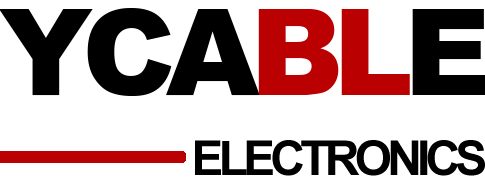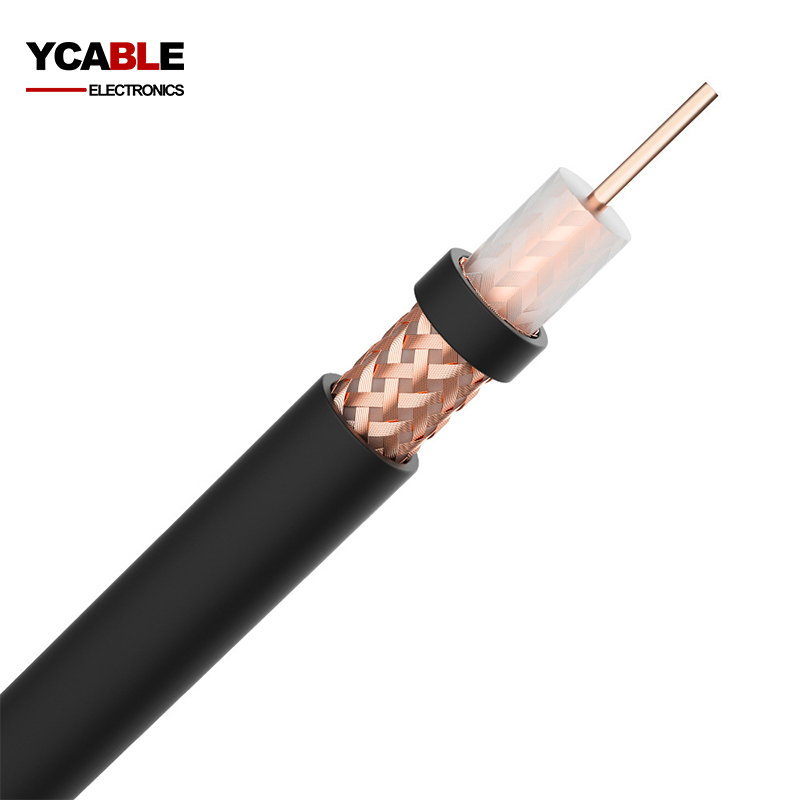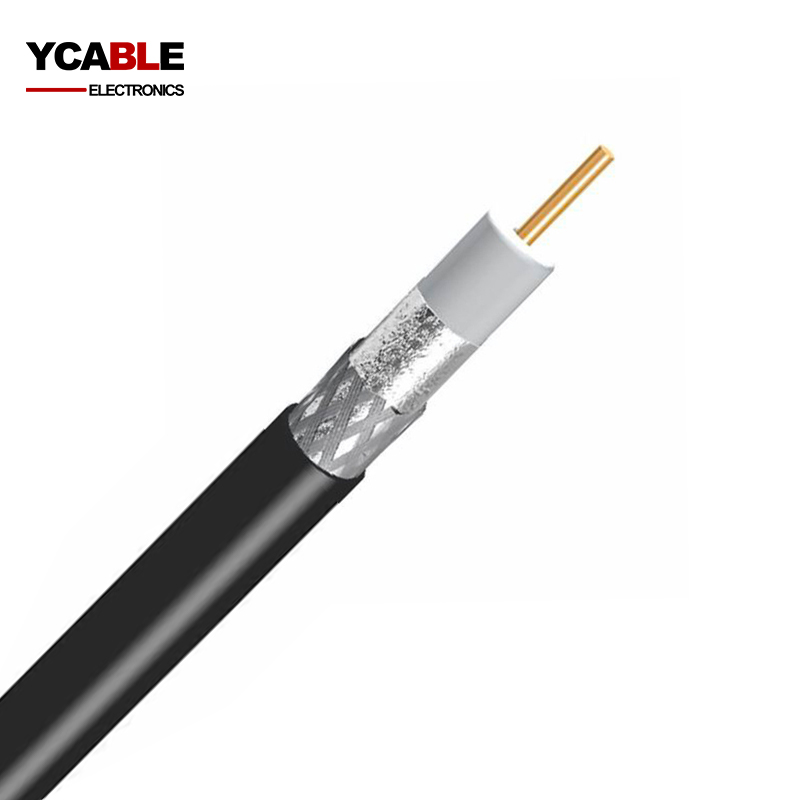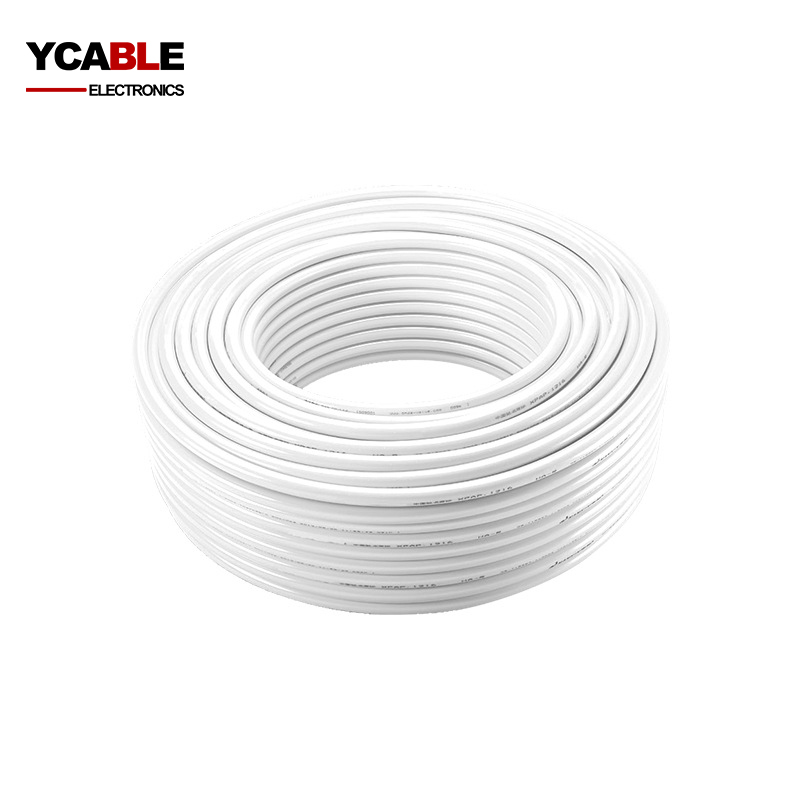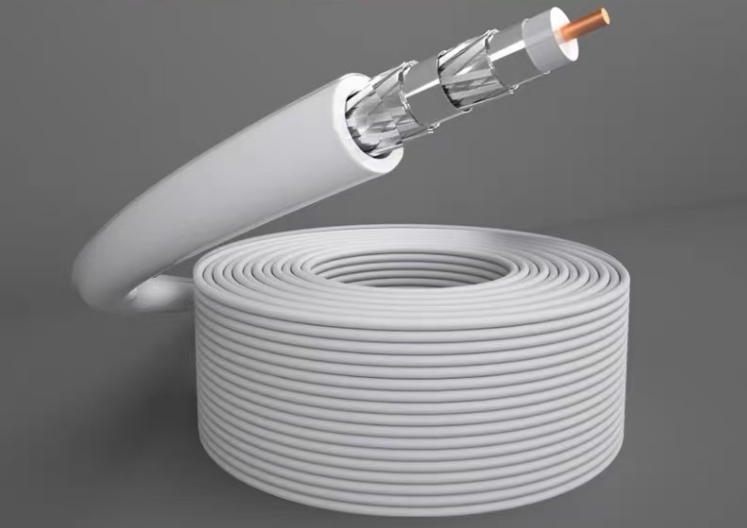Best RG 58 RG 59 RG 6 RG213 Coax Coaxial Cable manufacturers
Coaxial Cable Catalog
What is the coaxial cable manufacturing process?
Do you know how to produce a simple coaxial cable? YCABLE will introduce you to the coaxial production line.
Step 1: Prepare raw materials, conductors (copper wire/copper clad steel), insulation, braided copper wire, sheath materials, etc., and inspect the raw materials.
Step 2: Using Physical Methods to Produce Foamed PE Insulation, producing much fine foam in the material, increasing the volume and decreasing the density, It can effectively reduce attenuation, increase power capacity, and enhance corrosion resistance and lateral water tightness. So it is completely different from ordinary wire insulation extrusion.
Step 3: Test the foam PE insulation layer (some very thin coaxial wires use foam FEP material), We test the diameter of the insulation and test the capacitance.
Step 4: Making the braided shielding layer with Al-Foil, we often use tinned copper or Al-Mg alloy, The higher the weaving density, the better the shielding effect
Step 5: Test the diameter of the cable after braiding, and also test some electrical performances.
Step 6: Making the sheaths, We need to extrude the sheath evenly and roundly.
Step 6: Testing the whole cable, We need to test the mechanical and physical properties and electrical parameters of the finished cable
Step 7: Packing.
We can produce RG58, RG59, RG6, RG213, and RG6,

How to test the coaxial cable?
Coaxial cable testing project: Impedance test, phase test, inductance test, loss test, insertion loss test, attenuation test, resistivity, dielectric constant, dielectric strength, breakdown voltage, loss tangent value, tracking resistance index, and characteristic impedance test. We have professional testing equipment for factory inspection of coaxial cables.
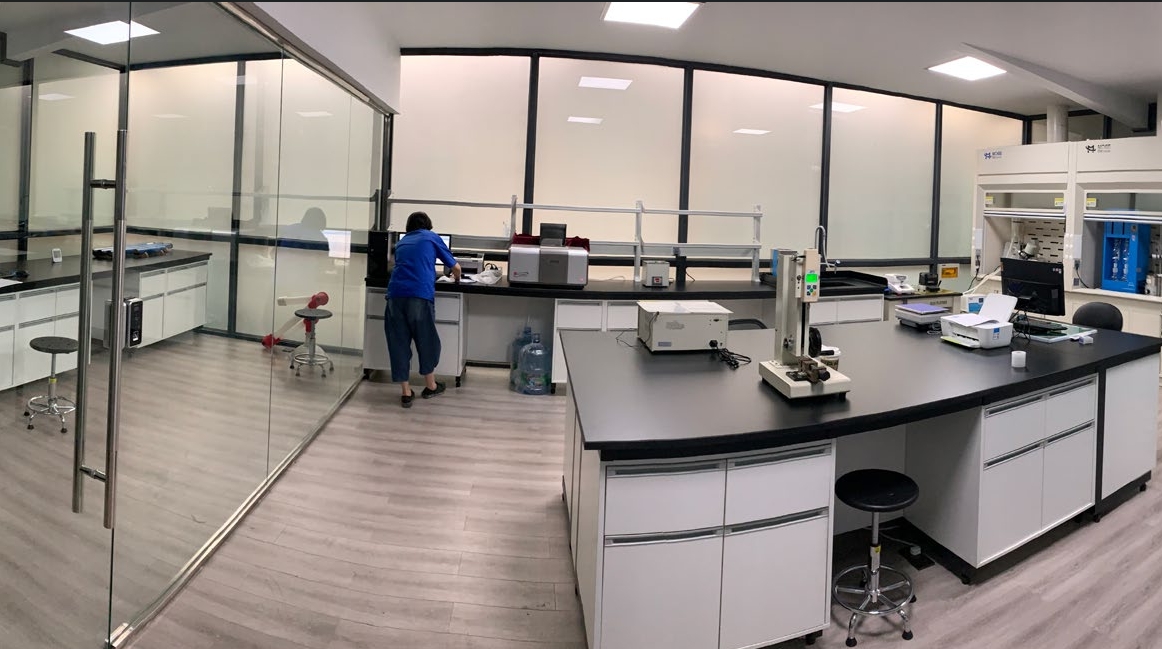
But as consumers, we cannot use these testing items to test the coaxial cables we purchase. So how should we do some testing?
- when we get the coax cable in our hands, we can check if the cable is round, If even the appearance is severely deformed, it greatly affects the performance of the coaxial cables.
- Check the tightness of the coaxial sheath and the copper braiding. If there are very large gaps, the coaxial braided layer is easily oxidized by air.
- Determine whether the braiding material is the copper wire or aluminum wire, as the aluminum wire is more prone to oxidation, Confirm the density of the braiding, the denser the better.
- Check the quality of the Al-Foil, Whether the aluminum foil is fully covered, whether it is single-sided or double-sided, and the thickness of the aluminum foil, all have a significant impact on performance.
- Please measure the diameter of the insulation with a caliper. A uniform diameter is beneficial for signal transmission, and the rounder the insulation layer, the better!
- Check the diameter of the conductor, different types of coax cables require different diameters of the conductor, We need to pay attention to the size of the conductor, cannot be less than the standard! and we also need to check the material of the conductor, copper is better than CCS(copper-clad steel). it can be tested with a magnet.
YCABLE will provide you with the best quality coax cables.
YCABLE ELECTRONICS can custom different kinds of coax cable, like 50 OHM coaxial cable, and 75 OHM coaxial cable, We can pack as 10 ft coaxial cable, 20 ft coaxial cable, 30 ft coaxial cable, 100 ft coaxial cable, 1000ft coaxial cable.
